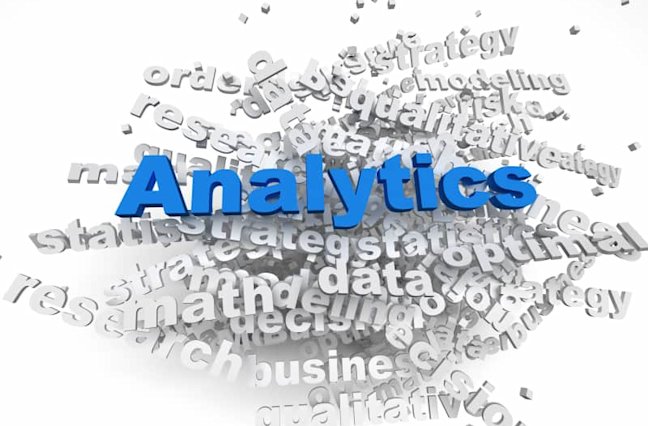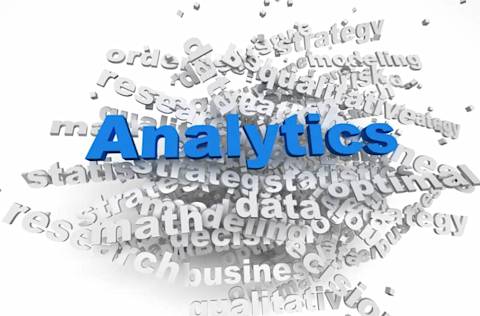By definition, “big picture” involves getting the entire perspective on a situation or issue. Big picture can mean many different things but most commonly refers to a depth of understanding that translates to a certain mastery over a topic or issue.
For contact centers, developing a big picture understanding of customer interactions across the entire lifecycle is critical to providing exceptional experiences for customers. One way to do this is through the use of contact analytics, which captures unstructured data from recorded calls, emails, chat transcriptions, or other customer interactions to identify trends and root causes of issues.
Here’s a closer look at some of the benefits of contact center analytics and why your organization should be using it:
Unified view of customer interactions
New research from Dimension Data shows digital (non-voice) traffic will experience 89% growth over the next two years, while voice traffic will drop 35% in contact centers over the same time period. What this means is organizations that are not prioritizing a multi-channel experience for customers will be left in the dust in the years to come.
With contact analytics in place, companies can use a single system and process for analyzing contacts across all channels. The benefits of using this type of software are two-fold: 1) Contact centers can develop a unified data view of all types of customer interactions (resulting in consistent analysis across channels), and 2) Companies can follow the complete customer journey (regardless of the channel used), which can help determine the root cause of repeat contacts and poor first contact resolution.
Performance measurement
Another distinct benefit of contact analytics systems is their ability to measure various performance indicators (i.e., agent quality, customer satisfaction, emotion, compliance risk, etc.) by detecting the presence of certain language characteristics. Armed with this type of automated scoring, contact center managers, supervisors, and agents can proactively address issues or gaps in knowledge to improve performance with additional training or coaching.
Bluegreen Vacations, for example, used CallMiner’s contact analytics software to provide a detailed analysis of overall service levels. After implementing the technology, the company has seen a 19% improvement in agent quality scores, as well as a 26% improvement in customer satisfaction.
Customer experience & satisfaction
According to a recent survey by Censuswide on behalf of Interactive Intelligence, 70% of UK customers speak to an average of two to five customer service representatives before resolving a single issue. “The fact that more people are turning to [other channels like] email is both a sign of the times and a reflection that consumers across the UK have simply become fed up of hanging on the telephone,” says Interactive Intelligence’s Dave Pauling in a Call Centre Helper article on the report findings.
Whether implementing real-time monitoring or post contact analytics, analyzing interactions across channels allows companies to measure and improve the customer experience across 100% of contacts. The end result? Increased customer satisfaction, reduced customer churn, and an improved customer experience overall.
Final Thoughts
Despite the above benefits of using contact analytics in the contact center environment, ContactBabel’s Contact Center Decision Maker's Guide shows just 24% of organizations have an analytics system in place. To develop a full picture of customer interactions and identify ways to improve agent performance and the customer experience overall, forward-thinking organizations will leverage contact analytics systems and insights in the years to come.





